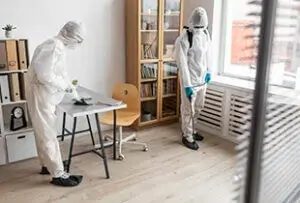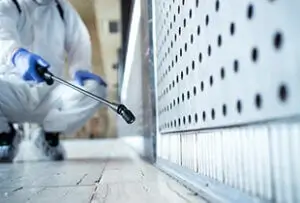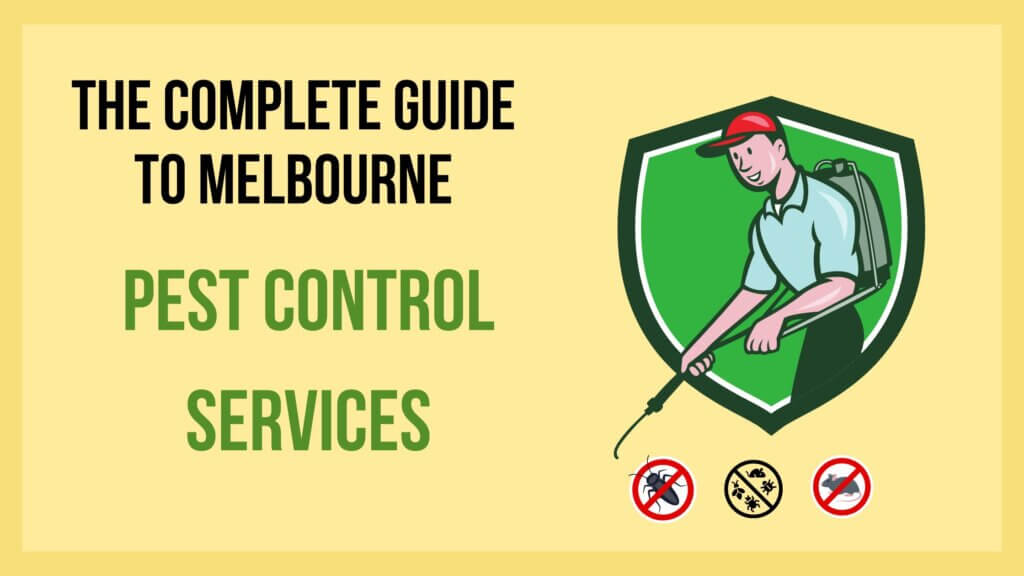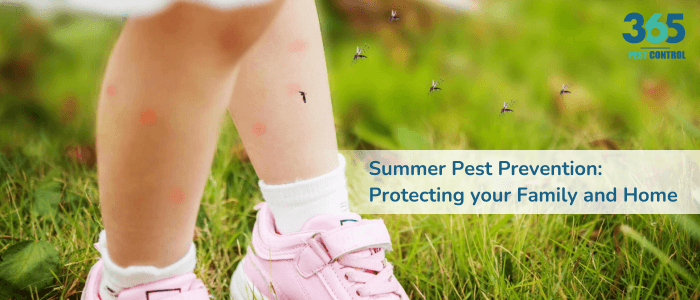Detecting mystery pests:
Pest control involves identifying mysterious or unidentified pests that wreak havoc on our homes, gardens, or crops. If left unchecked, these mystery pests can cause significant damage, making it imperative to identify and eliminate them as soon as possible. Mystery pest inspection requires a keen eye, attention to detail, and a systematic approach. Our living spaces, gardens, and crops can be protected from mystery pest harm if we understand the importance of inspecting them and taking proactive measures.
Techniques for visual inspection:
To identify potential biting pests and other factors causing discomfort, visual inspection techniques are essential. Infested areas are thoroughly examined, paying attention to any signs of infestation.
Magnification is crucial when identifying small specimens. Microscopes and magnifying glasses provide a clearer view of these tiny pests. For further analysis or identification, specimens should be placed in non-crushable containers to prevent damage.
Additionally to visual inspection and magnification, glue traps can be used to detect biting pests. In addition to attracting and trapping pests, these traps provide visual confirmation of their presence and help with identification. One can identify the type of pest by carefully examining the trapped specimens and taking appropriate measures to eliminate the infestation.
Bite marks should be checked:
Different chemicals in biting insects produce distinct skin reactions, resulting in bite marks unique to each insect. Bite marks vary in size, shape, and level of itching. Here are some examples of bite marks and their corresponding insects:
- Mosquito bites are bumpy, red, and itchy
- Pyemotes mites are small and red
- In contact with clothing, red, itchy marks can appear on the scalp, the groin, or the skin.
- A red, small to large swelling resembling mosquito bites – black fleas
- Burrows and red bumps with intense itching – scabies mites
- Ticks with a red halo, often with the insect attached
Identifying the source of the infestation: Where do they come from?
To effectively eliminate pests from your home, it is vital to identify the source of the infestation. You can control and prevent further infestations by understanding where the pests are coming from. The following methods can be used to determine the source of an infestation.
The first thing to do is to check the bedding and fabrics. Bed bugs and fleas can be found in mattresses, pillows, and upholstery. You can detect their presence by looking for small dark spots or blood stains. While bed bugs hide in mattress seams, fleas may leave behind eggs or faeces in bedding and fabrics.
The second step is to inspect the pantry for signs of infestation. For signs of pantry pests like rodents, ants, or beetles, check food packages for holes, droppings, or webbing. To determine the source of pests, set sticky traps or pheromone traps in the pantry.
Last but not least, place traps strategically throughout your home. If you have noticed pest activity in certain areas, place sticky traps, glue boards, or light traps. Traps like these will help catch pests and provide clues about their entry points.
Is identification required? Isn’t it possible to spray them out?
Before taking any action, it is important to identify pests accurately. Pesticides and insecticides should only be used on pests for which they are designed. As a result of the indiscriminate use of pesticides, mutant bugs have developed that are resistant to these chemicals, with cockroaches as an example.
If you’re experiencing an issue with unknown bugs, pest control professionals like 365 Pest Control can handle insect treatments safely. To identify and eliminate pest species, licensed technicians follow regulated methods without causing harm to you or the environment.







